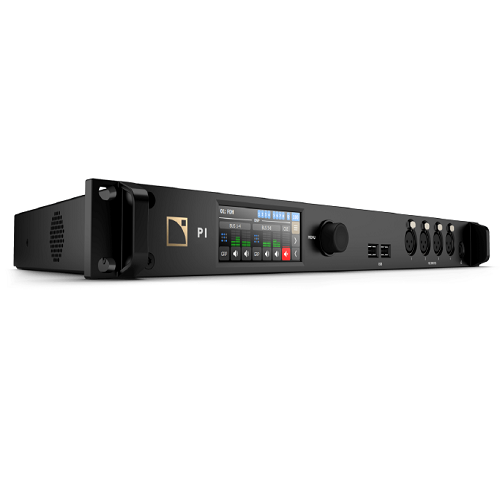In the audio realm, digital signal processors (DSP) are employed to optimize sound systems. Since perfect speakers do not exist, all speakers inherently possess certain imperfections. However, a DSP can compensate for these imperfections and provide corrective measures. Additionally, DSPs are frequently utilized to enhance the dynamics of sound and imbue it with a distinct character or sensation.
As a group, we have chosen to develop an audio DSP for the BeCreative minor because we are eager to learn how audio DSPs function and how to create one ourselves. Our ultimate goal is to be able to utilize this audio DSP to enhance the listening experience of music by correcting for speaker imperfections and applying specific presets. The system must meet the requirements outlined in the System Requirements Document (SRD), but what is most important to us is the opportunity for learning and acquiring valuable knowledge throughout the process.
Project description
The goal of this project was to research how to make an audio-DSP. During this research process, we developed an actual audio-DSP so that we could immediately test our findings in practice. After completing the initial research phase, we established the system requirements, developed a concept that could be realized, and designed the system level architecture. Then the fun part really started: creating the main hardware board, the low-noise power supplies, the bandpass filter (BPF), and the volume controls. Sound processing was done in the digital domain (realized in VHDL) on the DE1-SoC FPGA board.
Project results
The hardware main board has been tested as far as possible and works, the measured voltages are as expected and no shorts are found. Also all the vertical riser boards have been tested and validated; the results are in line with the simulation and calculation results.
During testing of the DE1-SOC board a problem has been found. The clock signal that goes from the FPGA to the DACs and ADCs is not working properly.
The I2S decoder, I2S encoder and I2C master work as expected. Therefore it is possible to sample audio using the ADC and DAC of the FPGA board. This has been tested and verified that this works on the FPGA board.
The Band Pass Filter (BPF) and volume control effect work in simulation as expected. Unfortunately only the volume control effect works with the whole sampling system on the De1-SoC FPGA board.
The front panel of our actual Audio DSP device is shown in the picture above. The video below gives an impression of our sound effect testing.
Video
Acknowledgements
The BeCreative student team would like to thank both the Analog and Digital teacher-experts in the Electrical Engineering department of Fontys Engineering for their techical and mental support during the project.
